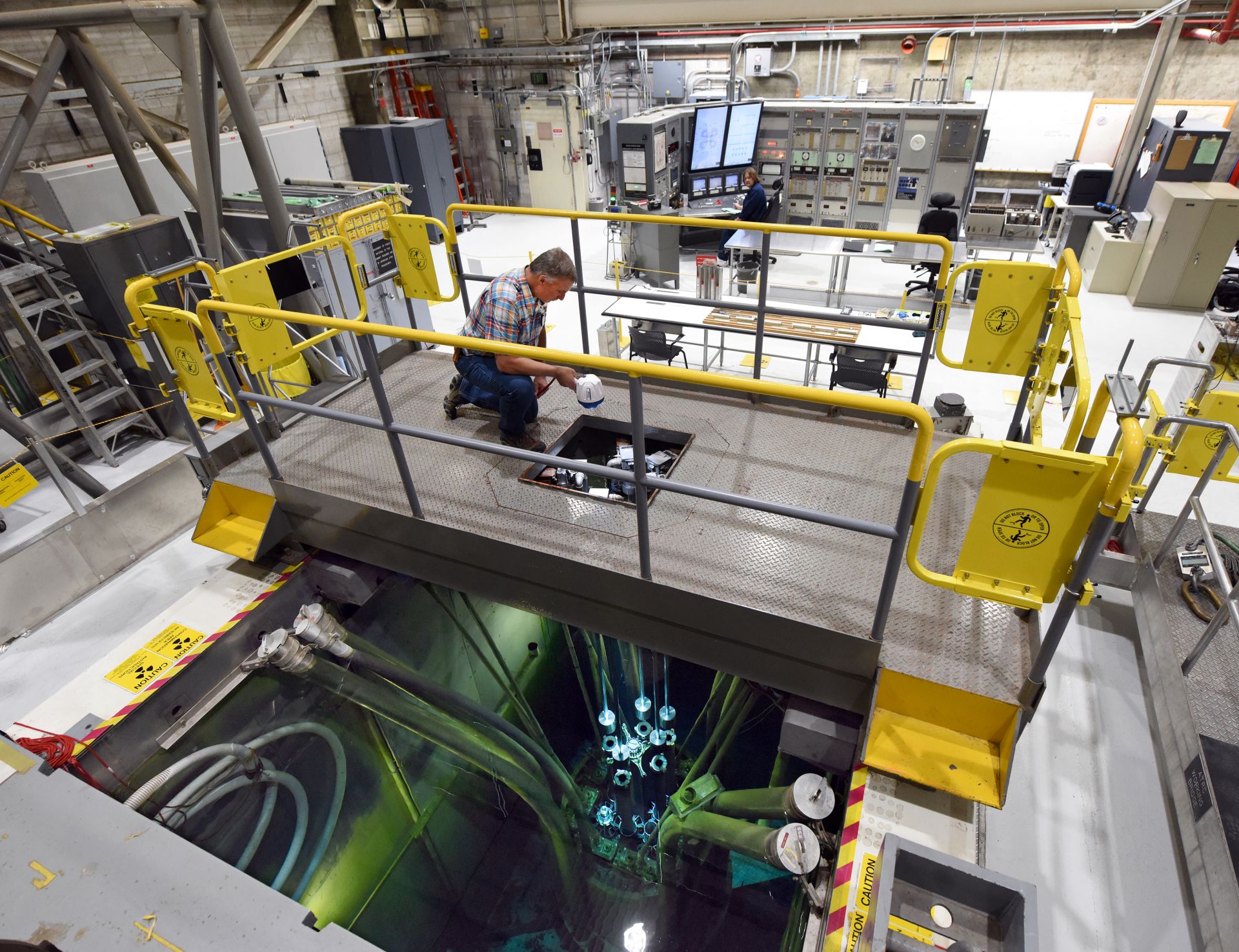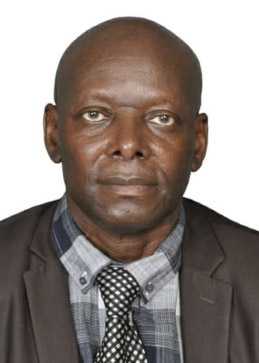ANS celebrates Nuclear Science Week with social media campaign, new RIPB webpage
 The nuclear industry has embraced the risk-informed and performance-based (RIPB) decision-making process over the past two decades. Still, it remains a complex concept to explain in lay terms.
The nuclear industry has embraced the risk-informed and performance-based (RIPB) decision-making process over the past two decades. Still, it remains a complex concept to explain in lay terms.
With that in mind, the American Nuclear Society will be kicking off an RIPB awareness social media campaign as part of Nuclear Science Week 2020, which begins today and runs through Friday. The campaign will link decision making to everyday events in a person's life and feature a series of images and seemingly easy questions requiring a choice to be made. For example, ANS asks, “Would you get rid of your car if the radio didn’t work?” or “Would you toss a lamp if the shade was dirty?”





 Communities that host nuclear power plants face “swift and severe” economic and social impacts following a plant’s closure, according to a report by the Nuclear Decommissioning Collaborative that was released on October 12. The free, 61-page report,
Communities that host nuclear power plants face “swift and severe” economic and social impacts following a plant’s closure, according to a report by the Nuclear Decommissioning Collaborative that was released on October 12. The free, 61-page report,






